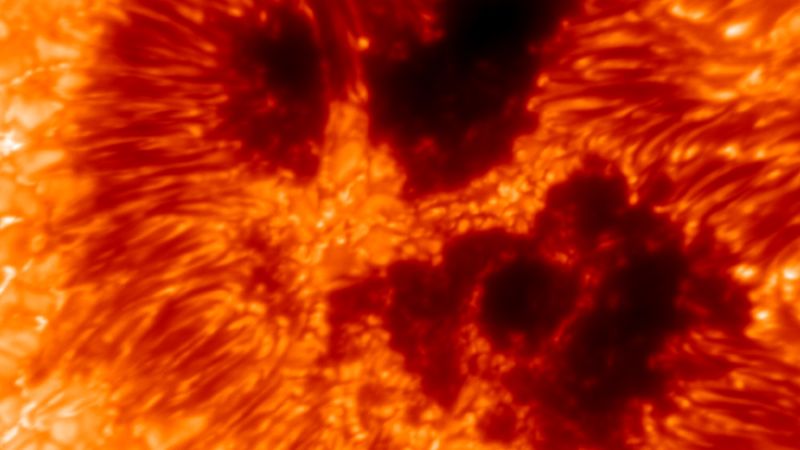New images of the sun from the Daniel K. Inouye Solar Telescope showcase unprecedented detail of its surface, revealing clusters of large dark solar spots linked to magnetic activity that can trigger solar flares and coronal mass ejections (CMEs). These detailed visuals are key for scientists studying solar phenomena, which can impact Earth’s technology, including power grids and communications.
The telescope uses a new visibility adjustable filter (VTF) to create three-dimensional views of the sun’s atmosphere, capturing images at a scale of 6.2 miles per pixel. Scientists note the importance of understanding the sun’s magnetic cycles, particularly as we approach a period of peak solar activity expected to last for several months.
The VTF was designed to filter light in a novel way, allowing researchers to analyze various solar atmospheric layers. It represents over a decade of development and is expected to enhance our study of solar dynamics significantly.
This endeavor is part of broader efforts to comprehend solar storms, alongside missions like the Solar Orbiter and NASA’s Parker Solar Probe, which aim to better understand solar dynamics and their effects on Earth’s environment.
Source link


